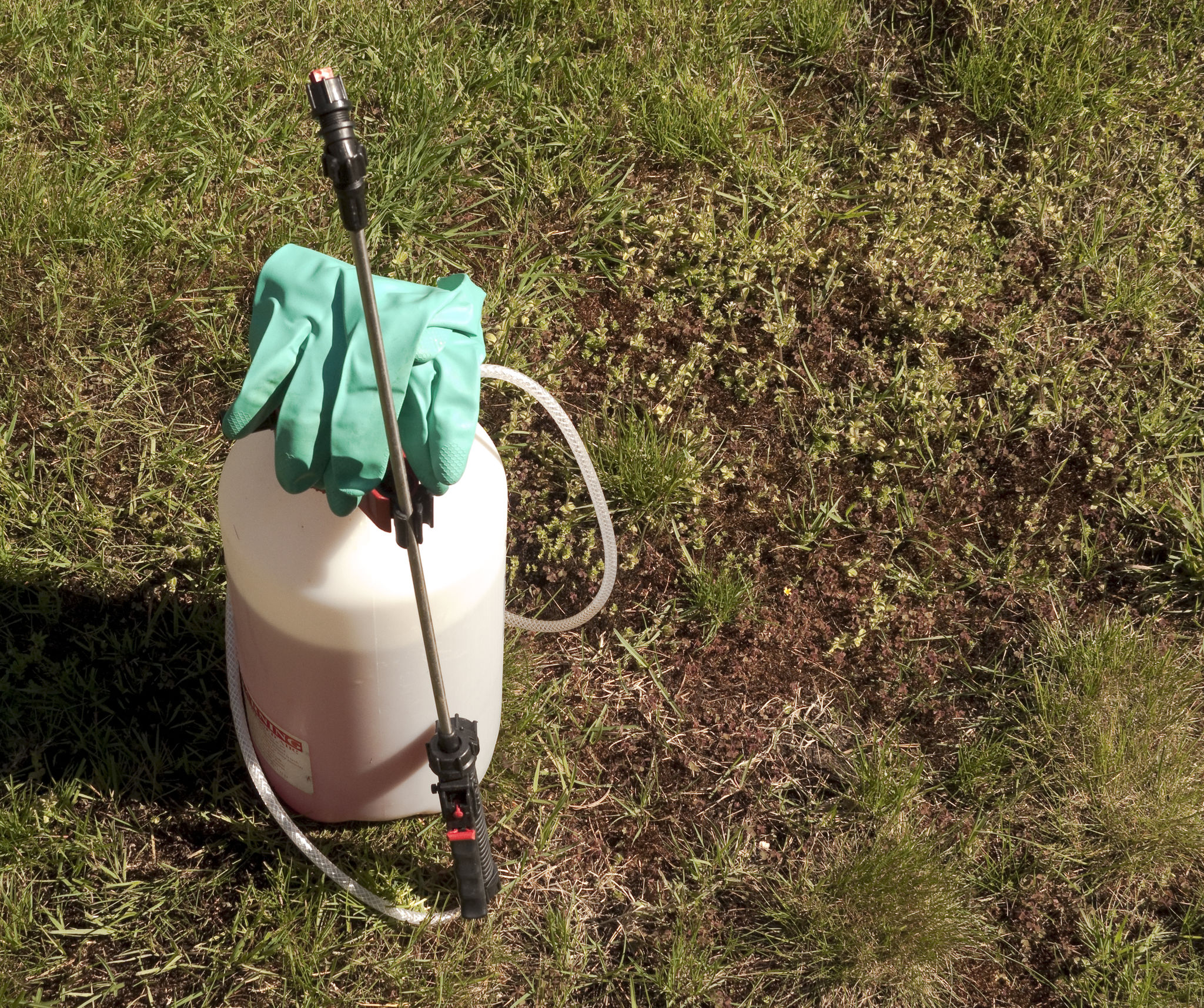Understanding Picloram: Uses, Benefits, and Risks for Farmers
Introduction to Picloram
Picloram is a widely used herbicide known for its effectiveness in controlling broadleaf weeds. As a member of the pyridine family of herbicides, it is valued for its ability to manage invasive plant species, making it a popular choice among farmers and land managers. Understanding how picloram works, its benefits, and potential risks can help you make informed decisions about its application.

How Picloram Works
Picloram functions by mimicking the natural plant hormone auxin, leading to uncontrolled growth and eventual death of targeted plants. It is absorbed by foliage and roots, allowing it to effectively manage weeds that have established robust root systems. This systemic action ensures that picloram can tackle even the most persistent weed species.
Benefits of Using Picloram
The primary benefit of using picloram is its effectiveness in managing difficult-to-control weeds, including those with extensive root systems and those resistant to other herbicides. Additionally, it provides long-term control, reducing the need for frequent reapplication and helping farmers maintain cleaner fields over extended periods.

Applications in Agriculture
Picloram is particularly useful in pasture management, where it helps maintain healthy grazing areas by eliminating invasive species that compete with forage crops. It is also used in forestry to manage competing vegetation and improve the growth conditions for desirable tree species. Its versatility makes it an asset in various agricultural settings.
Environmental Considerations
While picloram is effective, it is crucial to consider its environmental impact. It has a relatively long half-life, meaning it can persist in the soil and impact non-target plants if not used correctly. Farmers should ensure proper application techniques and adhere to guidelines to minimize unintended consequences.

Risks and Safety Measures
Risks associated with picloram include potential contamination of water sources, as it is highly soluble in water. This necessitates careful management to prevent runoff into nearby streams or groundwater. Additionally, non-target plant species can be affected if the application is not precise.
Safety Precautions
To mitigate risks, farmers should employ strategies such as buffer zones near water bodies and use equipment that ensures accurate application. Personal protective equipment (PPE) should be worn during handling to prevent exposure, and application should follow label instructions to ensure safe usage.

Conclusion
Understanding the uses, benefits, and risks of picloram is essential for farmers looking to manage broadleaf weeds effectively. By employing responsible usage practices and considering environmental impacts, picloram can be a powerful tool in sustainable agricultural management. As with any chemical input, informed decision-making and adherence to safety guidelines are key in maximizing benefits while minimizing risks.